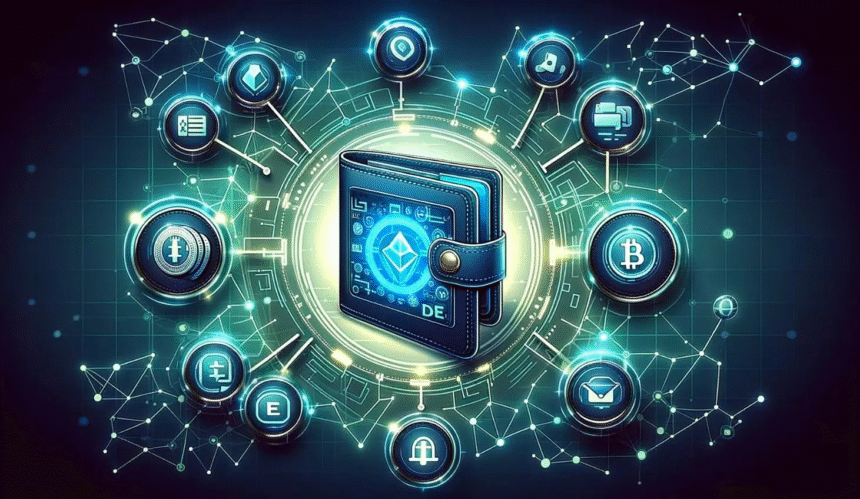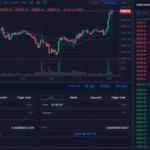In this article, I will explore the “best methods to manage crypto wallets” so that you can optimize the value of your digital assets.
If you are a novice in the world of cryptocurrency or if you want to take your wallet management up a notch, these handy pointers will help you with secure fund storage
Sending and Receiving funds, staking, DeFi participation, and other fundamental wallet functionalities.
What Is Crypto Wallets?
A crypto wallet is used for an array of cryptocurrency transactions including sending, receiving, selling, and buying Bitcoin or Ethereum. Instead of keeping tangible coins, a crypto wallet protects corresponding private and public keys that grant access to the assets on the blockchain.
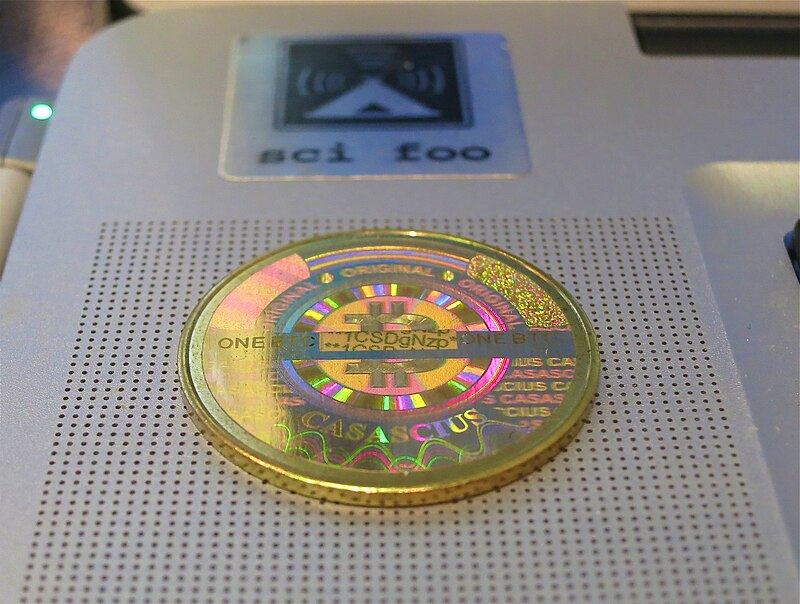
They can be categorized as: hot wallets that are connected to the internet for rapid access, and cold wallets, which are offline for greater protection. Apart from dApp connections, crypto wallets offer token swaps and staking. They are crucial for dealing with cryptos securely.
Best Ways to Use Crypto Wallets
As more and more people start using cryptocurrencies, knowing how to utilize a crypto wallet is a must. No matter if you’re a beginner or an expert looking to leverage yourself, your wallet is central to your journey.
Having a crypto wallet can solve your security and functional needs. Effectively, there are a plethora of ways to use a crypto wallet. We will guide you on how to maximize both value and protection.
Security of Digital Assets
By far, the most effortless function of any crypto wallet is to safely put away your digital currencies. If you plan to have Bitcoins, Ethers or other forms of cryptocurrency, a good wallet should securely store your private keys which enables you to access your funds.
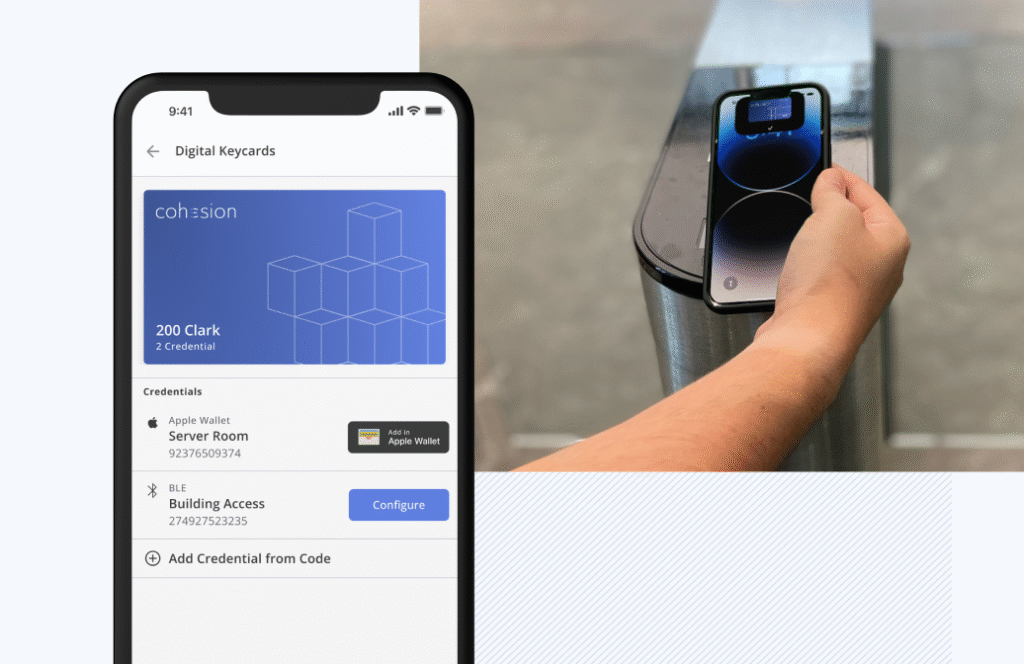
If you want to securely safeguard and store your assets for an extended duration, hardware wallets such as Ledger and Trezor are perfect because they keep your keys offline. If you want some convenience along with ease of access, software wallets, like MetaMask or Trust Wallet can suffice.
Send and Receive Cryptocurrency
As in any wallet, sending and receiving crypto is one of the core functions that is very basic and yet powerful. For every transaction, most wallets create an individual address (or QR code) that simplifies the process of sending or receiving funds.
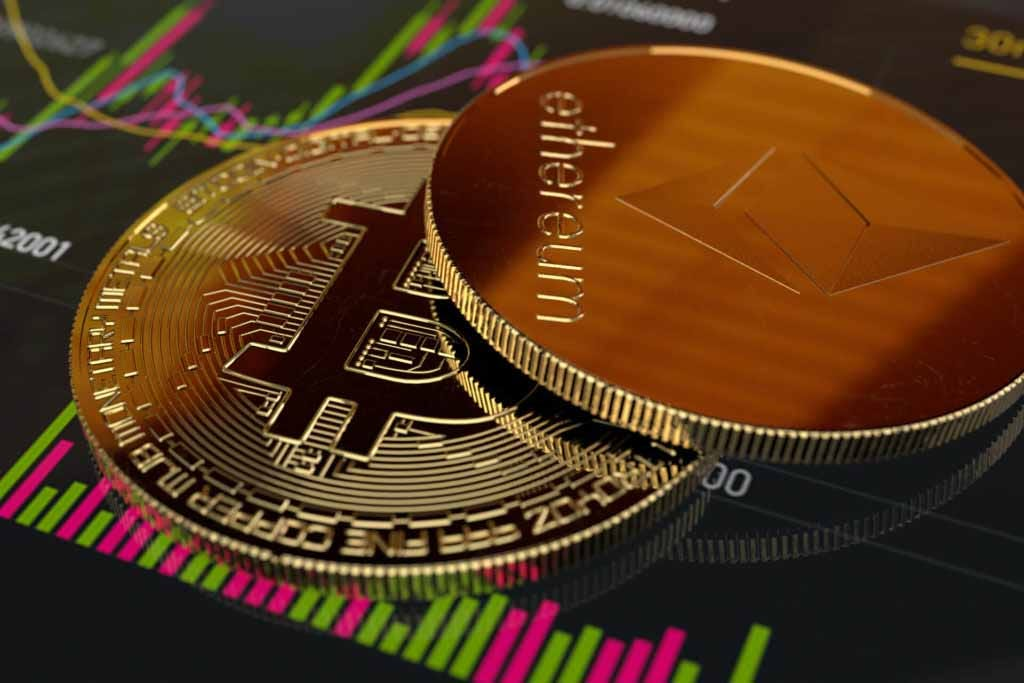
Adhering to simple crypto transporting rules like double-checking addresses minimizes errors at checkpoints and in the entire process. It is sobering to note that transactions are irreversible therefore every address must be checked. Having transaction histories and address books reduces errors significantly and streamlines processes.
Connect to Decentralized Apps (dApps)
Interaction with dApps directly can be made possible through crypto wallets like MetaMask and dApp enabled apps like WalletConnect.
The dApps which are on the Ethereum or Binance Smart Chain and other blockchain based platforms, provide trading, gaming, lending and various other services.

With the integration of the wallet into dApp, there is no need to leave the wallet environment since token swapping and minting NFTs can be performed inside the wallet.
Earn Passive Income Through Staking
Nowadays, it is very common for many wallets to incorporate staking services within the wallet. Network security can be maintained through the locking up of crypto in which case staking rewards cryptocurrencies.
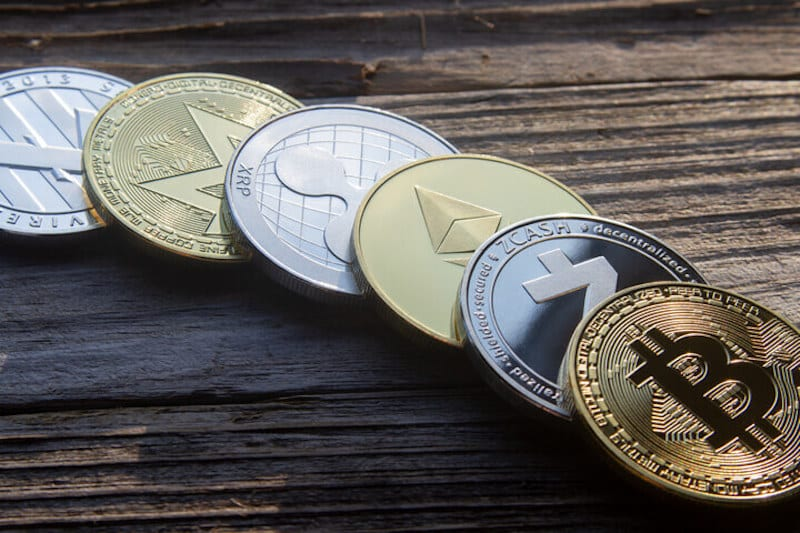
From one wallet to another there is no need for concern about user-unfriendly interfaces or reward tracking the intuitive design of Exodus and Trust Wallet ensure unimpeded ease of staking. Ethereum, formerly known as Ether, Solana, Cardano and Polkadot are well-known coins that support staking.
Use Wallets to Store and Trade NFTs
NFTs, or non-fungible tokens, are assets stored on the blockchain and differ from one another. Wallets such as MetaMask and Rainbow Wallet enable you to store and manage your NFTs.

They let you check your collectibles, access OpenSea or Blur, and send NFTs. It is important to note that these wallets support NFTs, especially if you are interested in art, gaming assets, or tokenized real-world goods.
Swap Tokens in Wallets Instantly
The cryptocurrencies in digital wallets today often have built-in decentralized exchanges (DEXs) or offer third-party access.
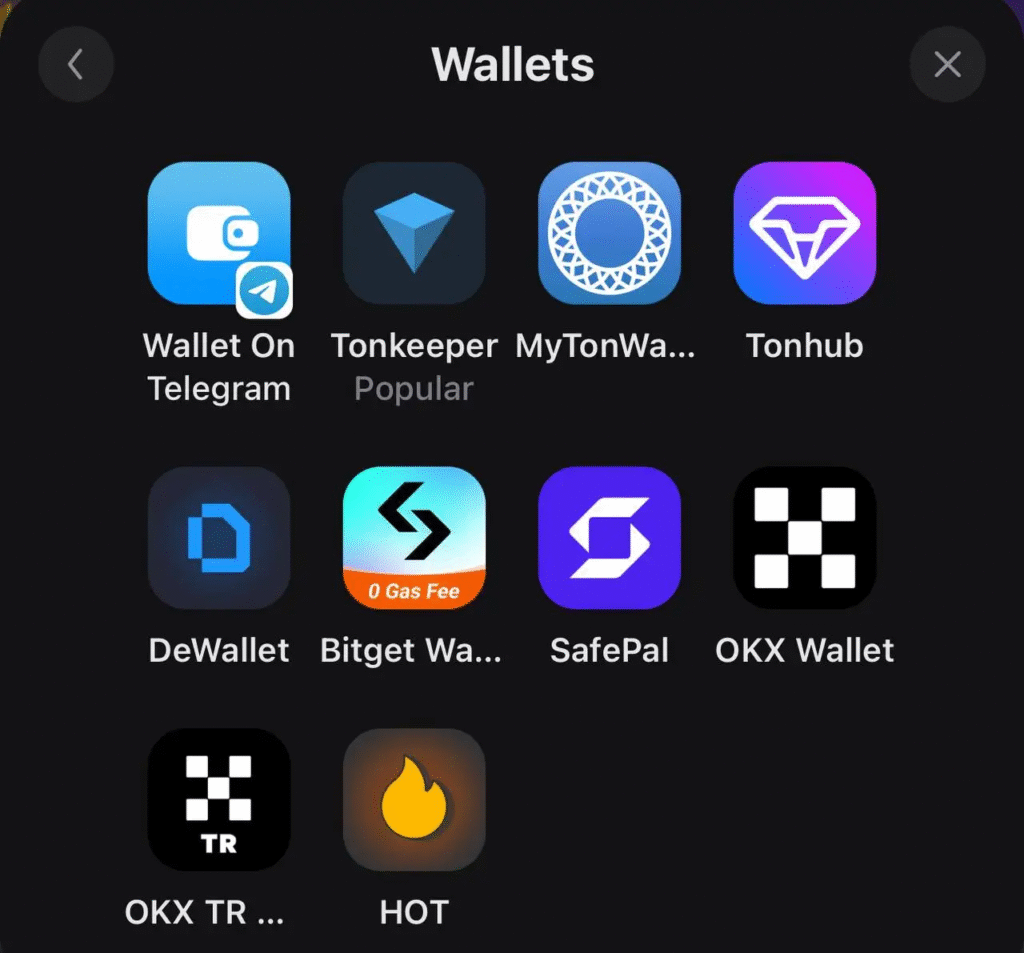
This allows one cryptocurrency to be exchanged for another one directly without going to a centralized exchange. This option is beneficial not only for saving time but also because keeping your assets secured under your control during the entire transaction makes it safer.
Use DeFi Services
Wallets have made it possible to lend, borrow, buy, and sell crypto assets for liquidity. This feature enables DeFi to transform how people engage Cripto finance services.
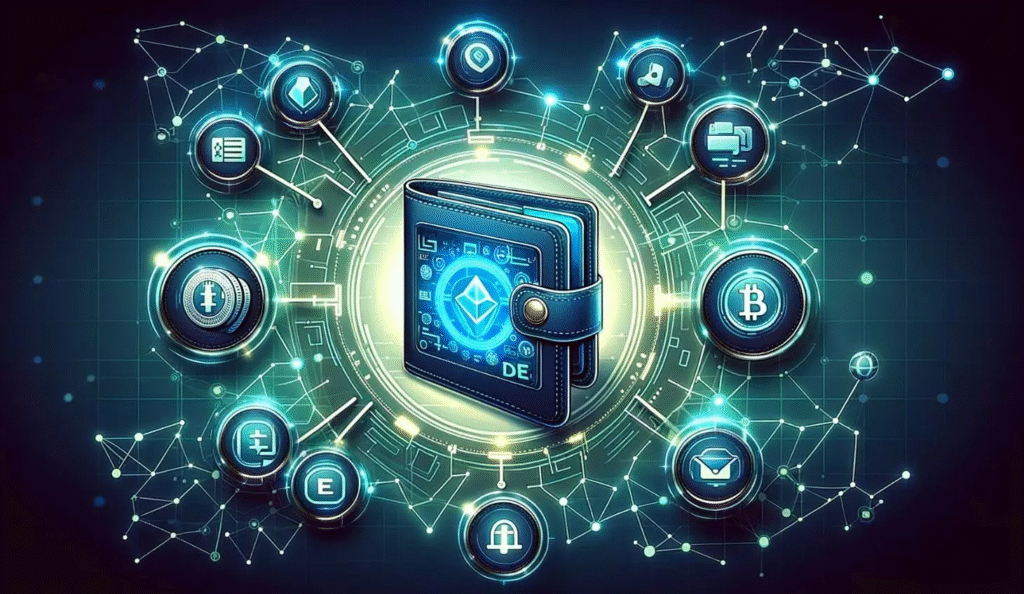
A wallet paired with MetaMask or Ledger Live gives you access to Aave, Compound, and Uniswap. With these features, your asset growth becomes more efficient with the aid of your wallet transforming it into the financial hub needed.
Multi-signature Wallets for Businesses: Add More Security Layers
Multi-signature wallets or multi-sig wallets are a great for joining accounts or for businesses dealing with large amounts of crypto because they provide multi-layered security features.

Approvals from two or more people are needed to carry out a specific transaction. Gnosis Safe Wallet for instance, allows teams or partners to use a single wallet but share partial access. Such wallets offer security for crypto treasury operations and crypto management.
Cold wallets: Long-Term Storage Solutions
Cold wallets, commonly known as offline wallets, offer the best storage solutions for crypto that will not be used for a long period of time.
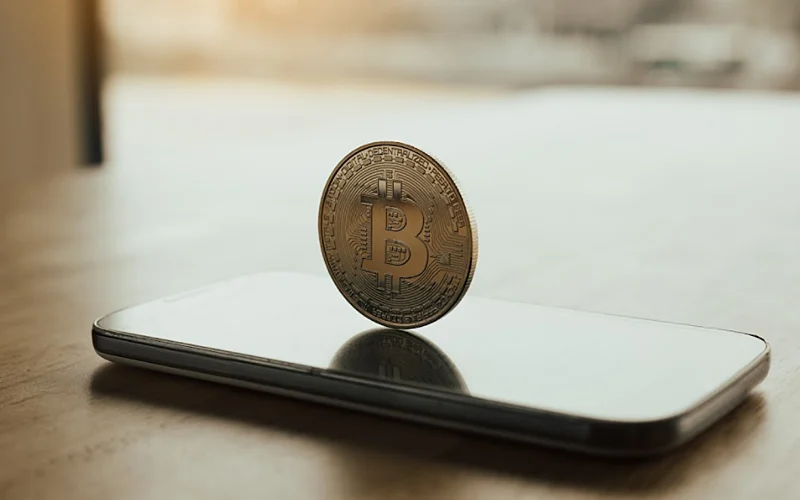
The best form of stored cold wallets are hardware wallets as they minimize risks of hacking and viruses. Such wallets are ideal for people who do not have frequent need to access their crypto.
Set Custom Gas Fees For Transactions
Some wallets allow customization of the fee to be paid for transaction (gas) one to spend on the network. During times of network congestion, basic fees tend to be pricier compared to users setting their own.
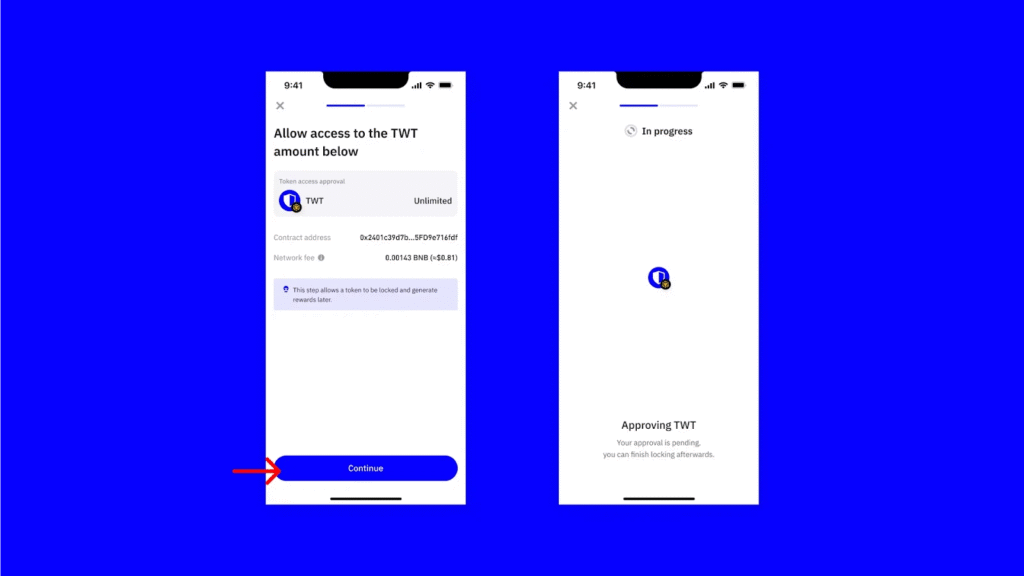
Some advanced users also elect to wait till they can pay lower fees, bypassing the need for queues, while others are willing to pay more for expedited processing. Such customizable options are offered by MetaMask and other wallets for ease and reduced cost.
Backup and Restoration using Seed Phrases
Any wallet’s backup and restoration capabilities are crucial, and so is their associated data security.

Most wallets offer a recovery phrase—a grouping of words between 12 to 24, depending on the specific wallet. If your wallet is lost or stolen, it serves as a means of recovering your assets. It’s essential to never share the seed phrase and to keep it offline, ideally in a secure location.
Conclusion
Crypto wallets are no longer just tools for storing digital assets, but rather portals into the entire decentralized realm of finance, ownership, and self-custody.
By comprehensively exploring the features provided by different wallets, one is able to secure their assets, expand their investment portfolio, and completely tailor their crypto experience to their tastes.
Regardless of the crypto activities you wish to engage in, be it holding, staking, trading, or exploring DeFi, exercising wisdom when using a crypto wallet ensures safety while maximizing the benefits of emerging technology.


